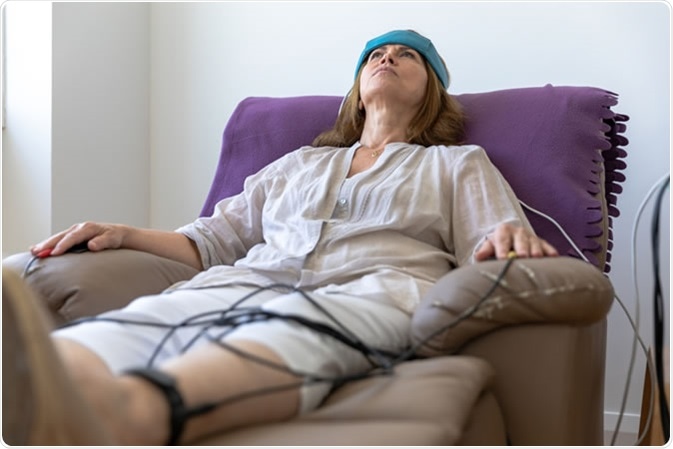Unveiling the Connection Among qEEG and Slumber Disorder Patterns for Improved Diagnosis and Treatment
Unveiling the Connection Among qEEG and Slumber Disorder Patterns for Improved Diagnosis and Treatment
Blog Article
Sleep hypopnea is a prevalent slumber condition that affects many people around the world. It happens when a individual's breathing is interrupted during slumber, resulting to subpar sleep quality and multiple medical issues. One of the methods researchers and physicians are endeavoring to improve understand and diagnose sleep apnea is through a method called quantified EEG, or qEEG. This method assesses the electronic activity of the brain and can offer valuable understandings into how sleep apnea affects brain activity and general well-being.
qEEG entails placing small sensors on the head to capture brain waves. These cerebral oscillations are then examined to detect trends that may indicate sleep disorders, including sleep apnea. By examining these patterns, medical providers can gain a clearer picture of how sleep apnea interrupts typical cerebral function during sleep. This data can be essential for formulating efficient therapeutic strategies tailored to individual clients. Comprehending the relationship between qEEG and sleep apnea can lead to improved diagnostic methods and superior results for those impacted by this condition.
Studies has shown that people with sleep apnea often display specific alterations in their brain wave patterns. For example, during instances of apnea, the cerebrum may exhibit heightened function in certain regions while other areas become less active. These alterations can influence how well a person sleeps and how rested they feel upon waking. By using qEEG to track these cerebral oscillation patterns, doctors can recognize particular traits of sleep apnea in clients, which can assist in making a more accurate diagnosis. This is especially important because sleep apnea can sometimes be mistaken for other sleep disorders, resulting to misguided therapies.
In furthermore to enhancing diagnosis, qEEG can also serve a part in assessing the efficacy of therapies for sleep apnea. For example, after a client starts employing a constant beneficial airway force (CPAP) device, which assists keep the passage clear during slumber, qEEG can be utilized to evaluate alterations in cerebral function. If the brain shows improved patterns of sleep after starting treatment, it may indicate that the therapy is working effectively. This response can assist physicians make necessary adjustments to treatment plans, ensuring that patients receive the best care possible.
Overall, the connection between qEEG and sleep apnea patterns is an exciting area of research that offers promise for improving identification and treatment. By understanding how sleep apnea affects brain function, healthcare More from the author providers can formulate more efficient approaches to assist clients attain improved slumber and improve their overall health. As research continues to evolve, it is likely that qEEG will become an integral instrument in the battle against sleep apnea, resulting to superior outcomes for those who suffer from this challenging condition.